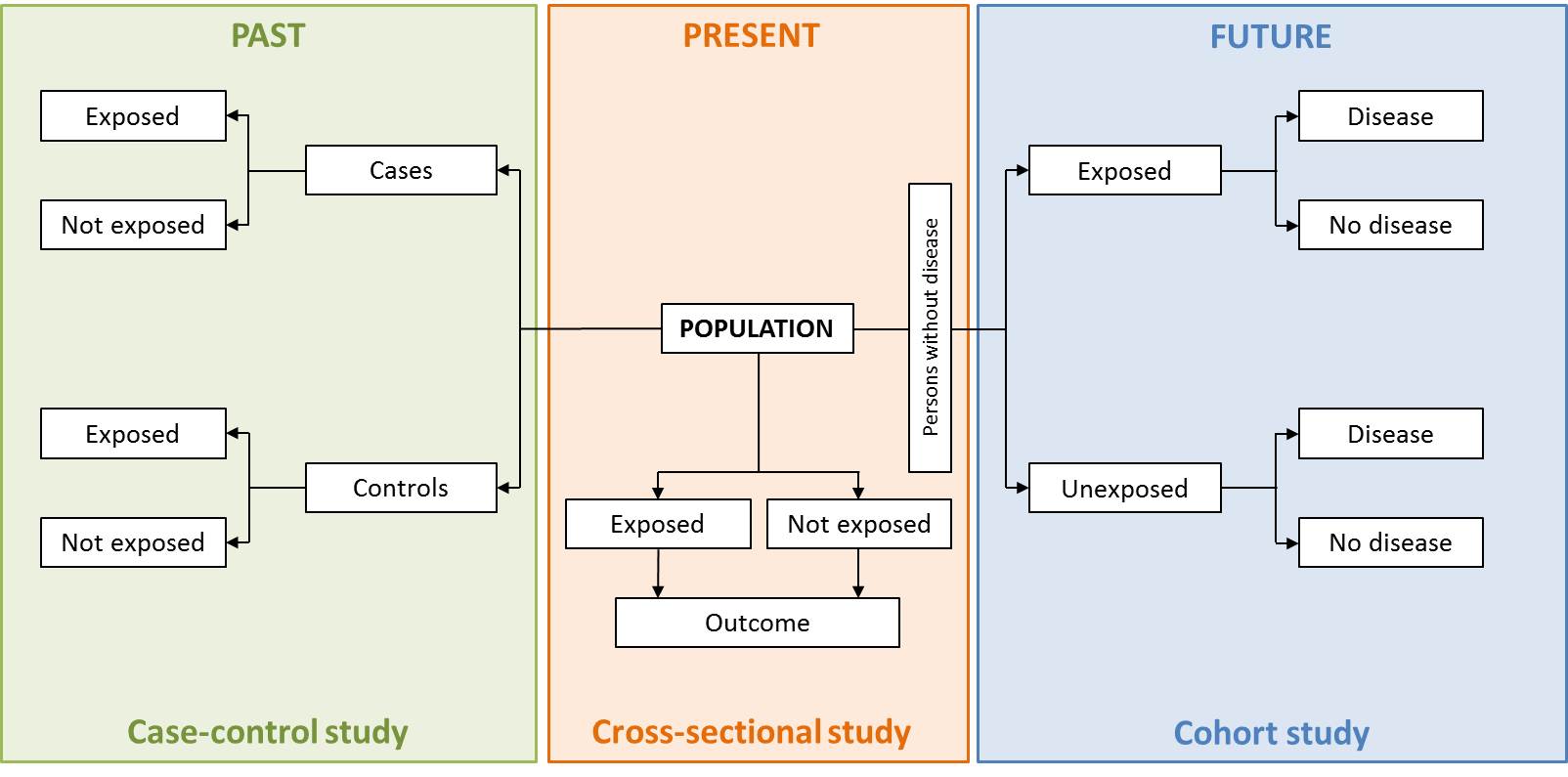Do you interested to find 'cross sectional case control study'? You can find your answers here.
Table of contents
- Cross sectional case control study in 2021
- Retrospective cross sectional study
- Define cross sectional in psychology
- Case-control study design
- Prospective case-control study
- Cross sectional study design examples
- Epidemiology case control study examples
- Case-control study vs cohort study
Cross sectional case control study in 2021
 This image representes cross sectional case control study.
This image representes cross sectional case control study.
Retrospective cross sectional study
 This image illustrates Retrospective cross sectional study.
This image illustrates Retrospective cross sectional study.
Define cross sectional in psychology
 This image shows Define cross sectional in psychology.
This image shows Define cross sectional in psychology.
Case-control study design
 This picture illustrates Case-control study design.
This picture illustrates Case-control study design.
Prospective case-control study
 This picture shows Prospective case-control study.
This picture shows Prospective case-control study.
Cross sectional study design examples
 This picture representes Cross sectional study design examples.
This picture representes Cross sectional study design examples.
Epidemiology case control study examples
 This image shows Epidemiology case control study examples.
This image shows Epidemiology case control study examples.
Case-control study vs cohort study
 This image demonstrates Case-control study vs cohort study.
This image demonstrates Case-control study vs cohort study.
Why are cross sectional and cohort studies called observational studies?
Cohort, cross sectional, and case-control studies are collectively referred to as observational studies. Often these studies are the only practicable method of studying various problems, for example, studies of aetiology, instances where a randomised controlled trial might be unethical, or if the condition to be studied is rare.
How are cross sectional studies used in epidemiology?
However, in modern epidemiology it may be impossible to survey the entire population of interest, so cross-sectional studies often involve secondary analysis of data collected for another purpose. In many such cases, no individual records are available to the researcher, and group-level information must be used.
Why are cross sectional studies susceptible to recall bias?
Cross-sectional studies are very susceptible to recall bias. Most case-control studies collect specifically designed data on all participants, including data fields designed to allow the hypothesis of interest to be tested. However, in issues where strong personal feelings may be involved, specific questions may be a source of bias.
How are cross sectional studies different from case control studies?
Cross-sectional study. In medical research, cross-sectional studies differ from case-control studies in that they aim to provide data on the entire population under study, whereas case-control studies typically include only individuals with a specific characteristic, with a sample, often a tiny minority, of the rest of the population.
Last Update: Oct 2021